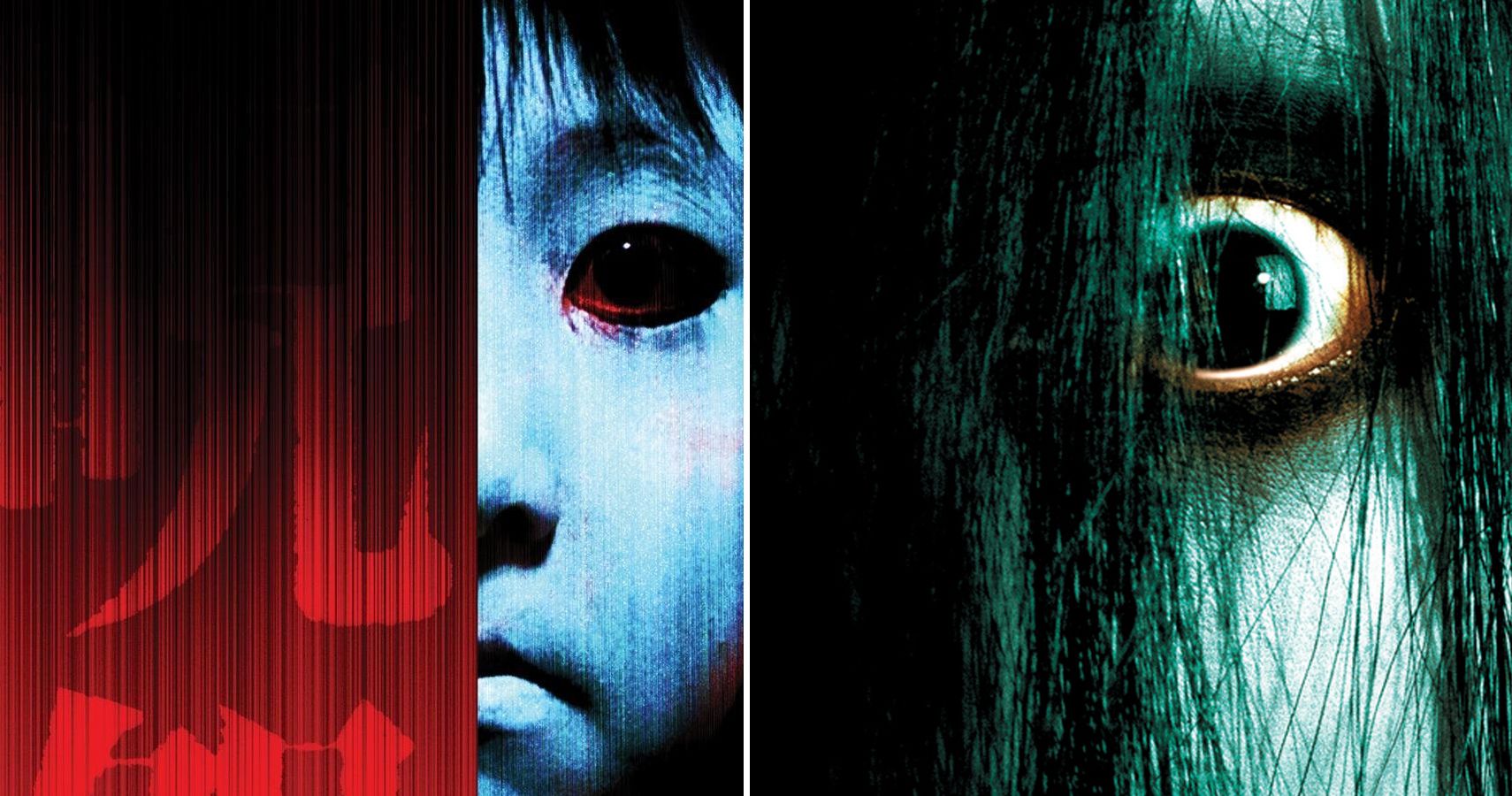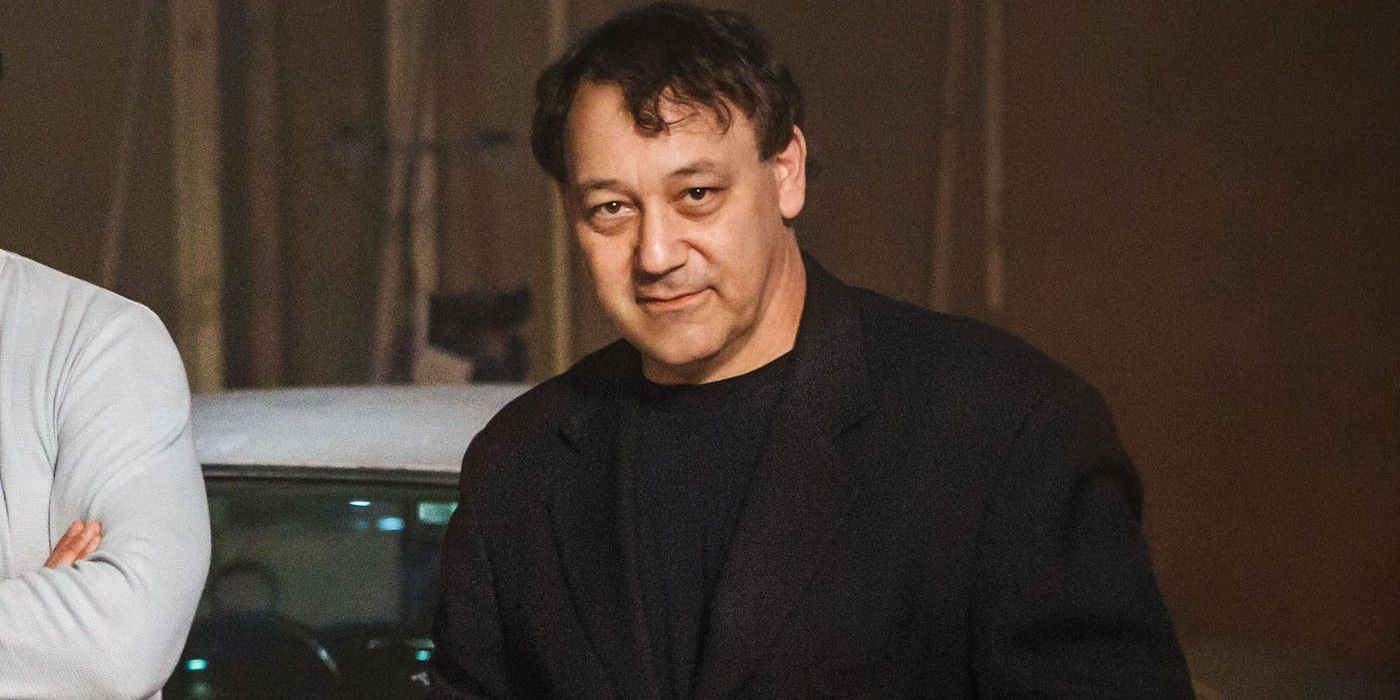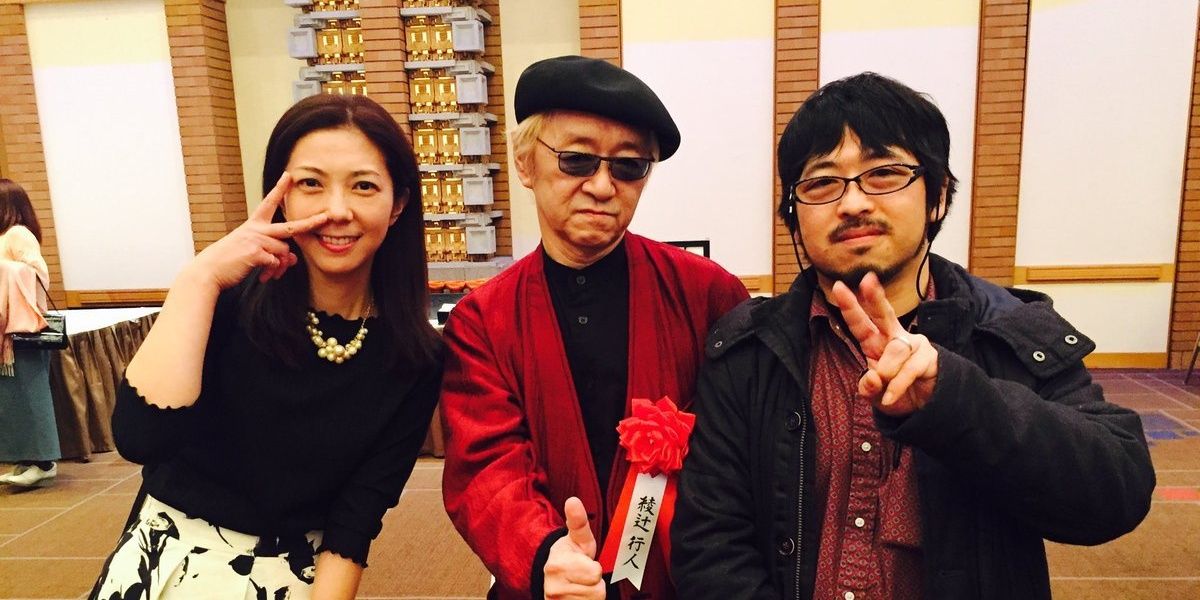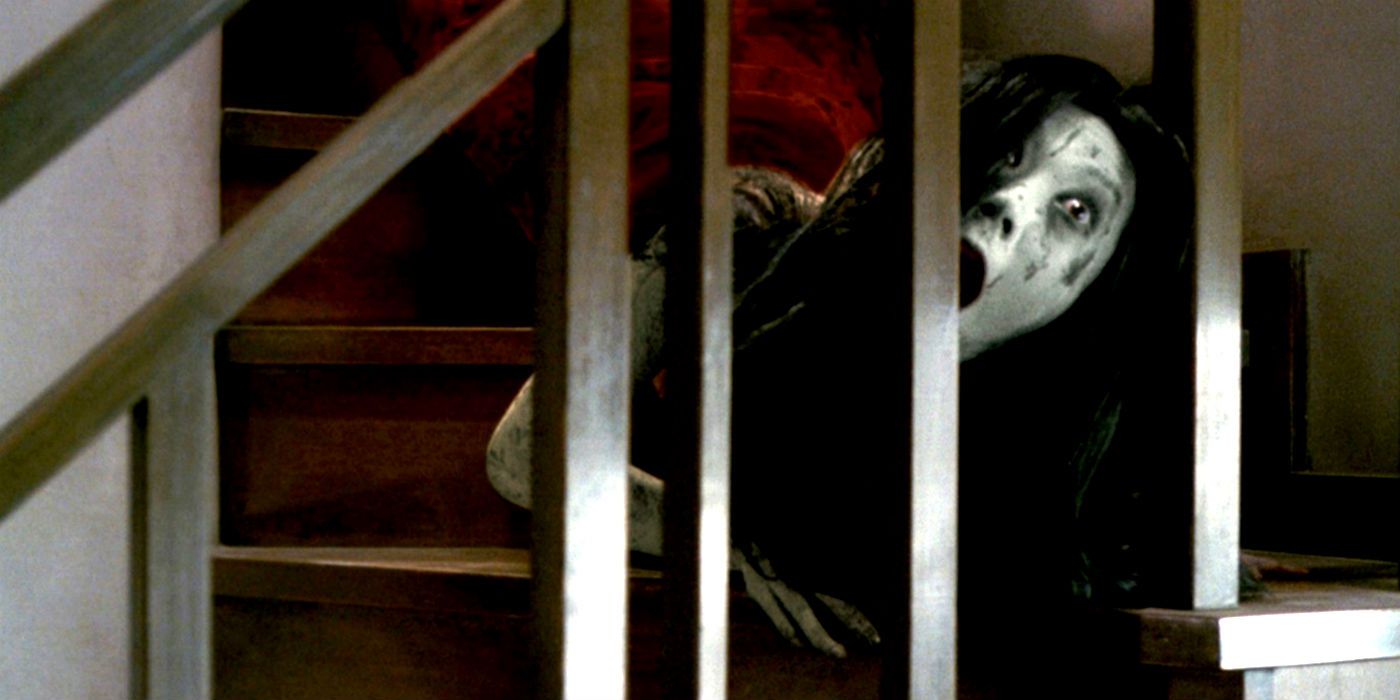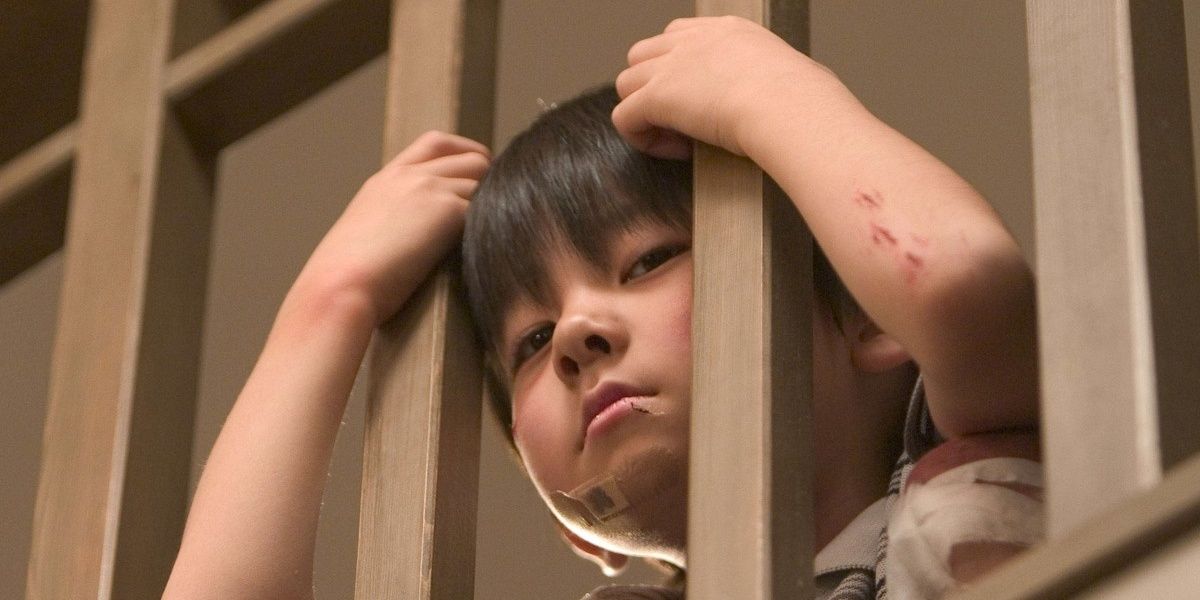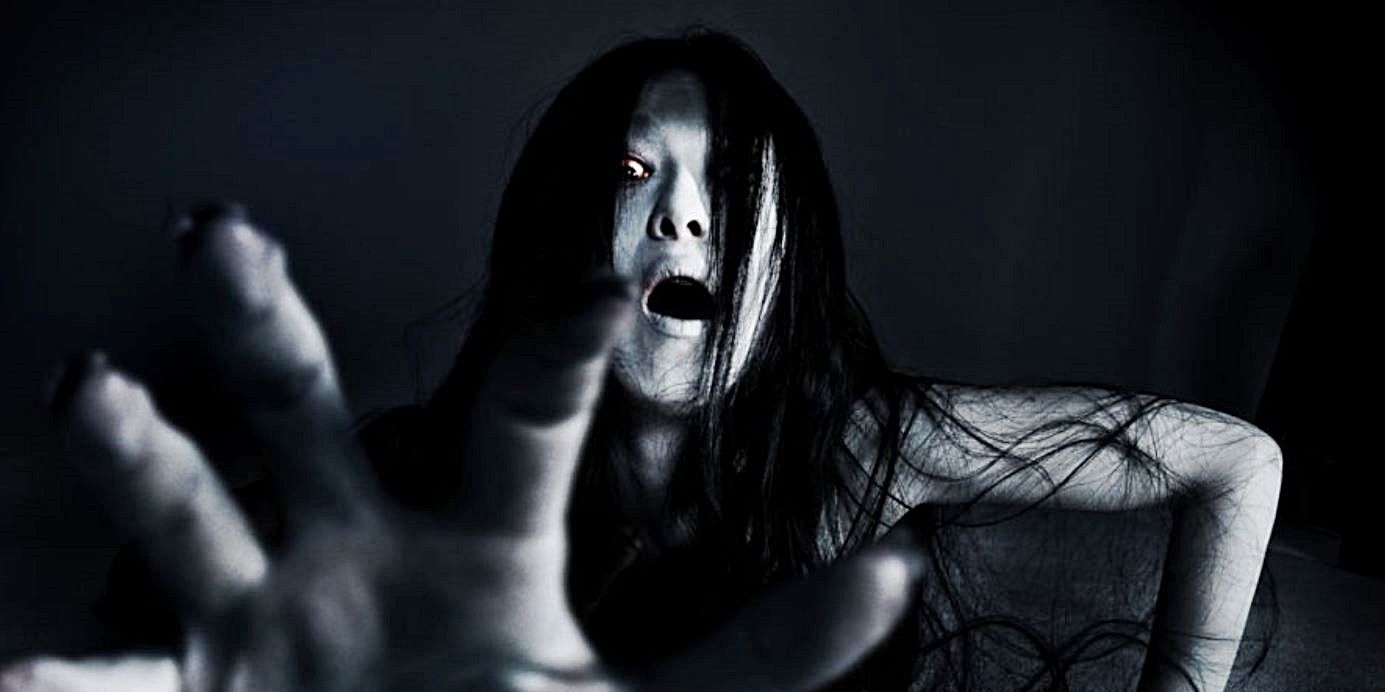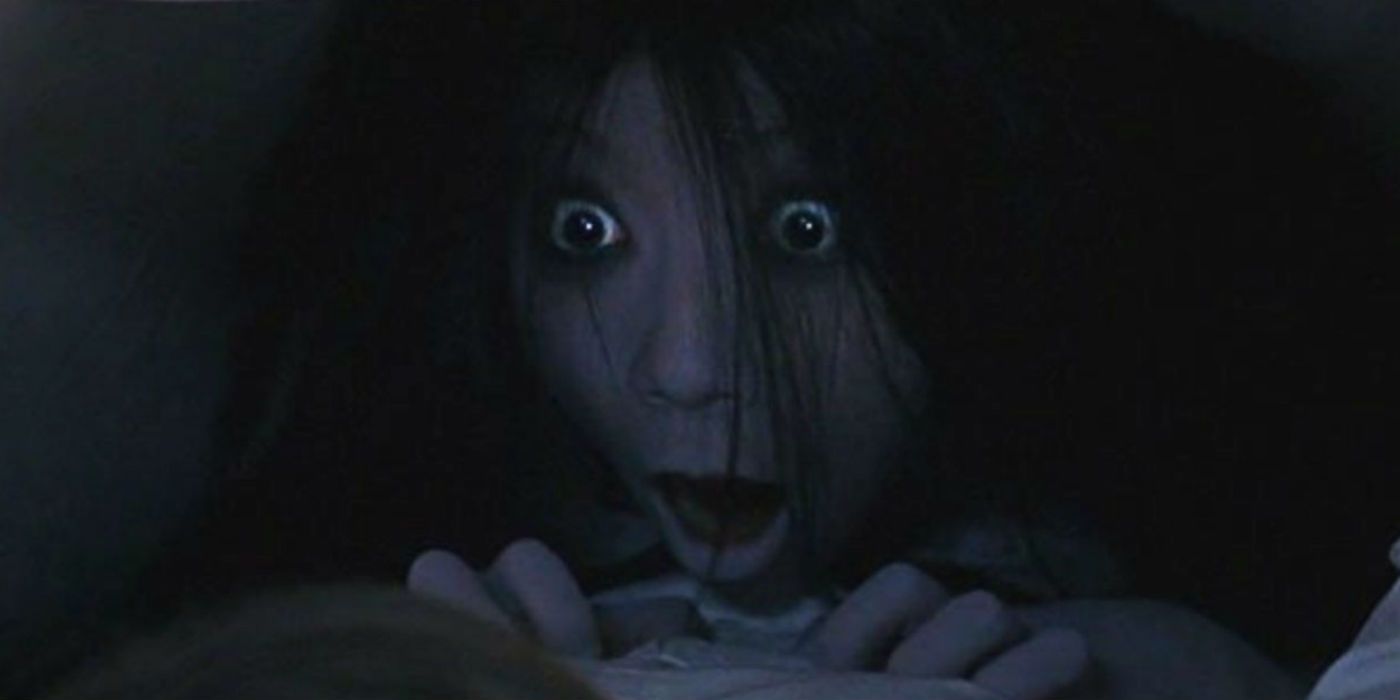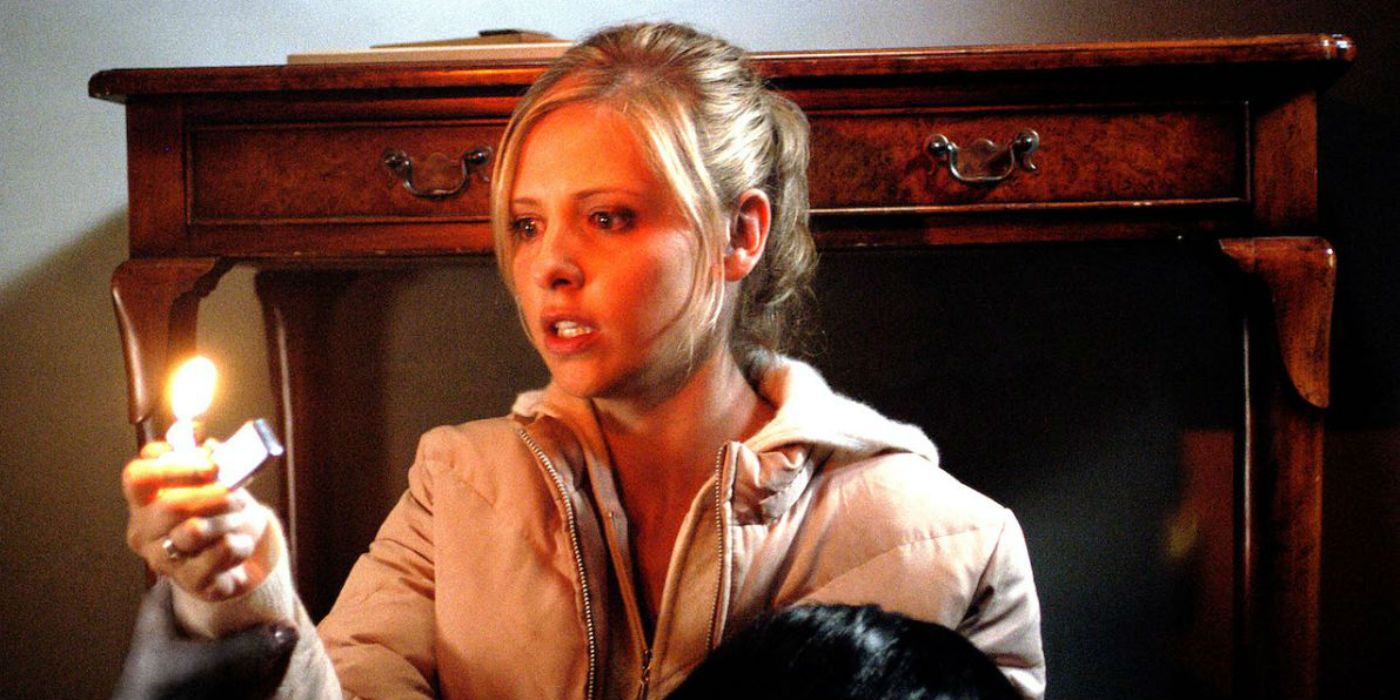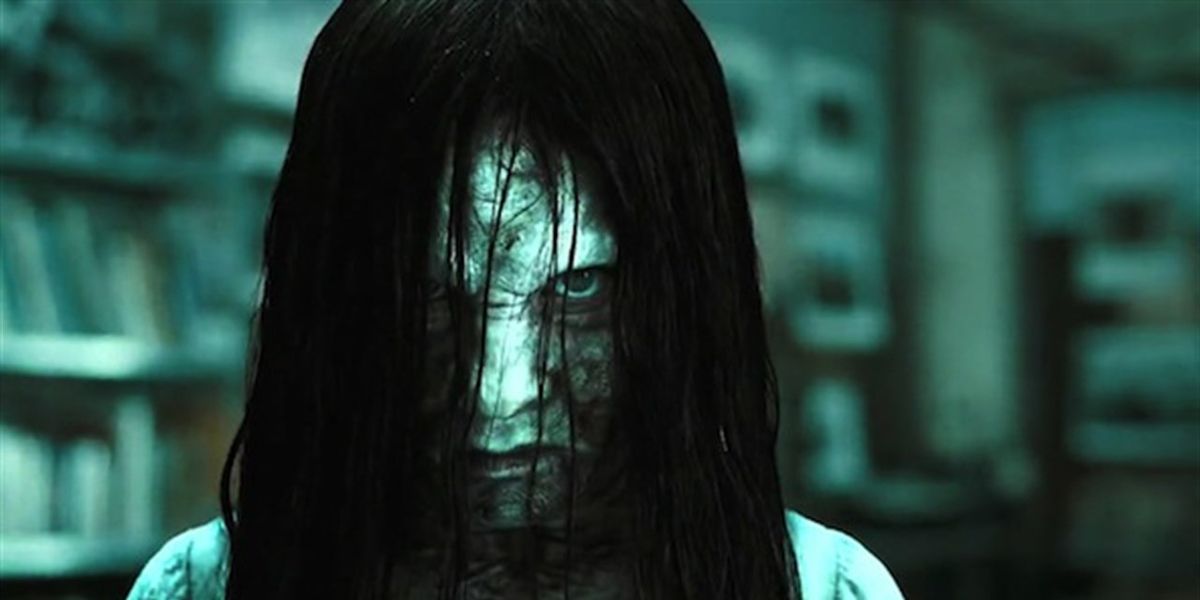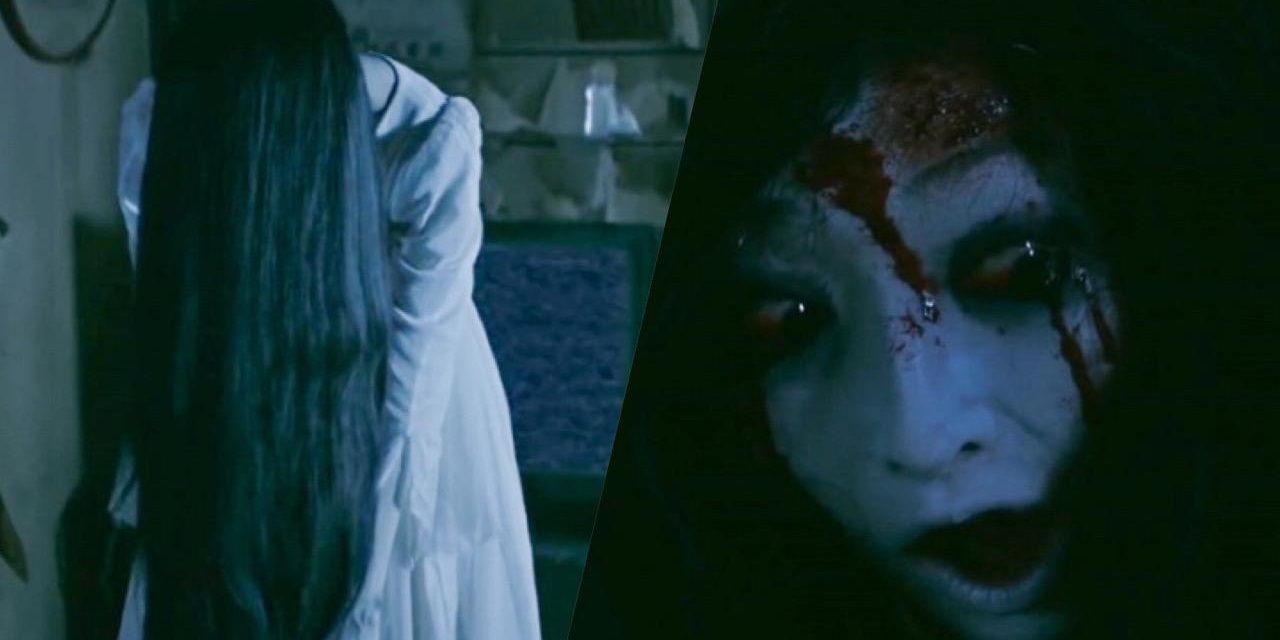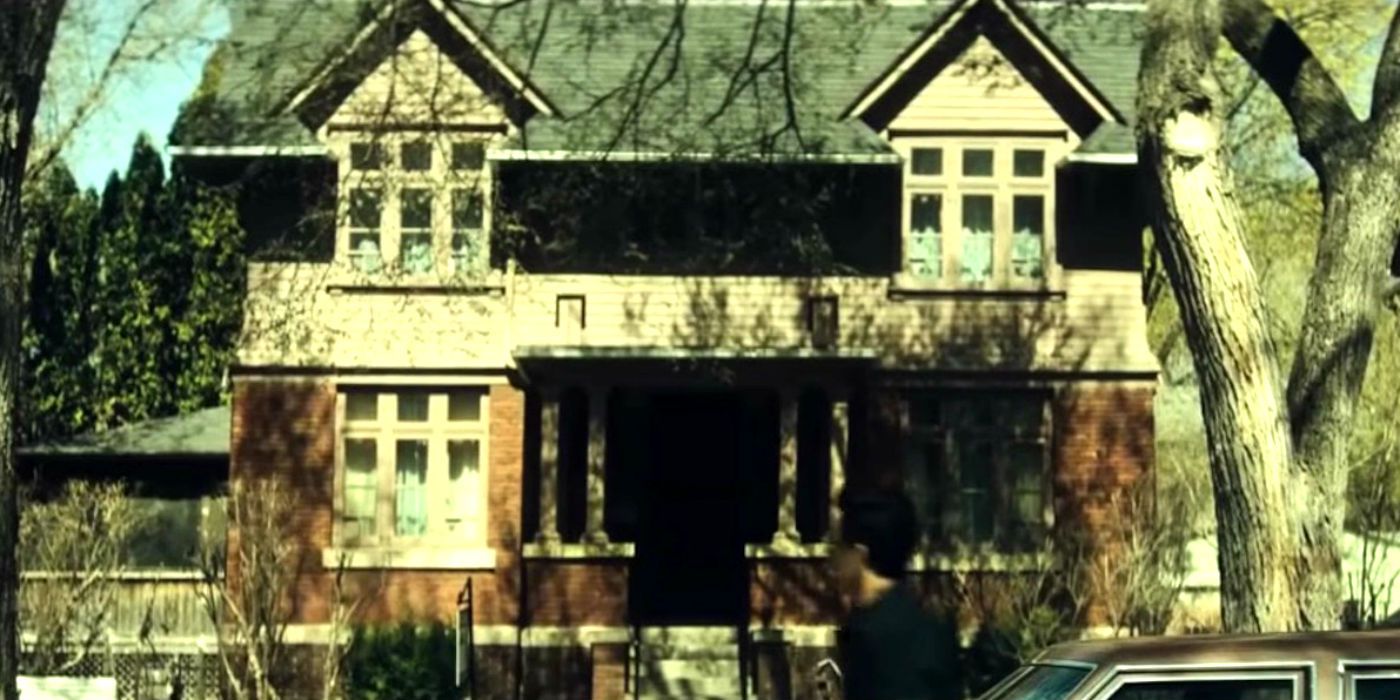The Ju-On series is one of the most culturally significant horror franchises of recent times. Not only was the terrifying film series a smash hit in Japan, but it also managed to terrify audiences around the globe. Through several sequels and several western remakes, the Grudge's central ghost, Kayako, has placed herself among the most terrifying horror movie characters of all time. While it is true that characters such as Michael Myers or Jason Voorhees are terrifying in an existential sense, there is something for more chilling about Kayako.
This series has become one of the most popular mainstays in horror today, and it's success has been impressive around the globe. And these are 10 things about the Ju-On franchise you never knew.
Sam Raimi Helped To Kickstart The Remake
Despite the fact that the Ju-On series was a cultural phenomenon across the Japanese archipelago, American studios were not entirely enthusiastic about remaking the Japanese horror movie franchise for Western audiences.
Fortunately, the horror movie legend and director of the original Spider-Man trilogy, Sam Raimi, was a huge fan of the Japanese horror franchise, claiming that the series terrified him. Raimi would go on to produce the 2004 remake of The Grudge.
The Grudge 2020 Had No Involvement From Takashi Shimizu
One of the ever present themes across the two transoceanic Grudge/Ju-On franchises was the involvement of Takashi Shimizu. The Japanese director was the creator of the Ju-On franchise and helped build the terrifying ghost of Kayako into the cultural phenomenon she is today.
However, the most recent movie in the Grudge series was the first in the franchise to have no involvement from the legendary Japanese director.
The Grudge Is Based On An Onryō
For those who are unaware, Ju-On is heavily inspired by terrifying Japanese mythologies and urban legends. The clearest inspiration for The Grudge is the Onryō, a vengeful spirit that wishes to correct the wrongs it endured during its prior life.
The Onryō is the spirit of a wronged individual that is able to inflict pain and damage to the world of the living in a quest for vengeance. This vengeance can not only refer to the Onryō murdering an individual, but can also lead to the spirit triggering a natural disaster, such as an earthquake or a hurricane.
Yūya Ozeki's Fear Of Cats
Throughout the film Ju-On, the spirit of young Toshio is shown meowing like a cat. This aspect of the character is both absurd and disconcerting, as it implies that the spirit of the young boy has merged with the spirit of his cat.
However, for Yūya Ozeki, the actor who played Toshio, the importance of the cat to Toshio's character was scary on a different level, as the actor claimed to be terrified of cats.
Takako Fuji Was A Ballet Dancer
Much like The Exorcist, The Grudge features a terrifying scene in which a ghost moves down some stairs in a disturbing and unnatural manner. And in a similar manner to The Exorcist, The Grudge also achieved this effect without any use of CGI (although The Exorcist did use CGI to remove the wires supporting the contortionist).
The Grudge's Takako Fuji was a trained ballet dancer and talented contortionist, so she was able to create some of the most disturbing poses in the movie.
The Girl In The Gaps Legend
A famous scene in Ju-On involves the terrifying Kayako attacking a character from underneath her bed sheets. While this scene is undoubtedly horrifying as well as iconic, it was not a wholly original concept from the creators of the franchise.
The scene was inspired by the Japanese urban legend of the girl in the gaps. This terrifying entity is said to enter our world via small gaps.
The 2004 American Remake Remained In Japan
One of the more unique aspects surrounding the production of the American remake of The Grudge was the fact that it was still set in in Japan. This helped to set The Grudge apart from other American remakes of Japanese horror movies, such as The Ring and Dark Water.
While it is not necessarily the most interesting of facts on this list, it is worth remembering that the American remake of The Grudge did not take itself entirely out of the Japanese bubble and definitely went out of it's way to pay homage to it's origins.
The Ring Helped Trigger The American Remake Of The Grudge
It can often be a great risk on the part of studios to remake a foreign movie for American audiences. Most of the time, a foreign movie has been structured in such a way that it only works in a certain setting with a certain audience in mind. Consequently, remaking certain movies for a different audience and in a different cultural setting can result in the failure of a movie.
Fortunately for the American remake of The Grudge, the studio greenlit the movie after they saw the success of the western remake of The Ring.
Sadako and Kayako Had A Baseball Match
Iconic horror movie characters are often compared to one another. These comparisons have led to movies such as Freddy vs. Jason to be released. However, it may come as a surprise to some readers to learn that there was a movie released in 2016 that placed The Ring's Sadako and The Grudge's Kayako against each other.
In order to drum up some excitement for the movie, the studio's marketing team decided to have Sadako and Kayako interrupt a baseball match between the Nippon-Ham Fighters and the Yakult Swallows.
House Number 44
The number of the house in 2020's The Grudge is 44. This is a reference to the short film that helped to kick start our obsession with the franchise, 1998's 4444444444.
However, the reason why the number 4 was chosen for both the title of the short film and the number of the house was its significance in Japanese culture. The number 4 is considered to be unlucky in Japan due to the fact that it is a homophone of the Japanese word for death.

